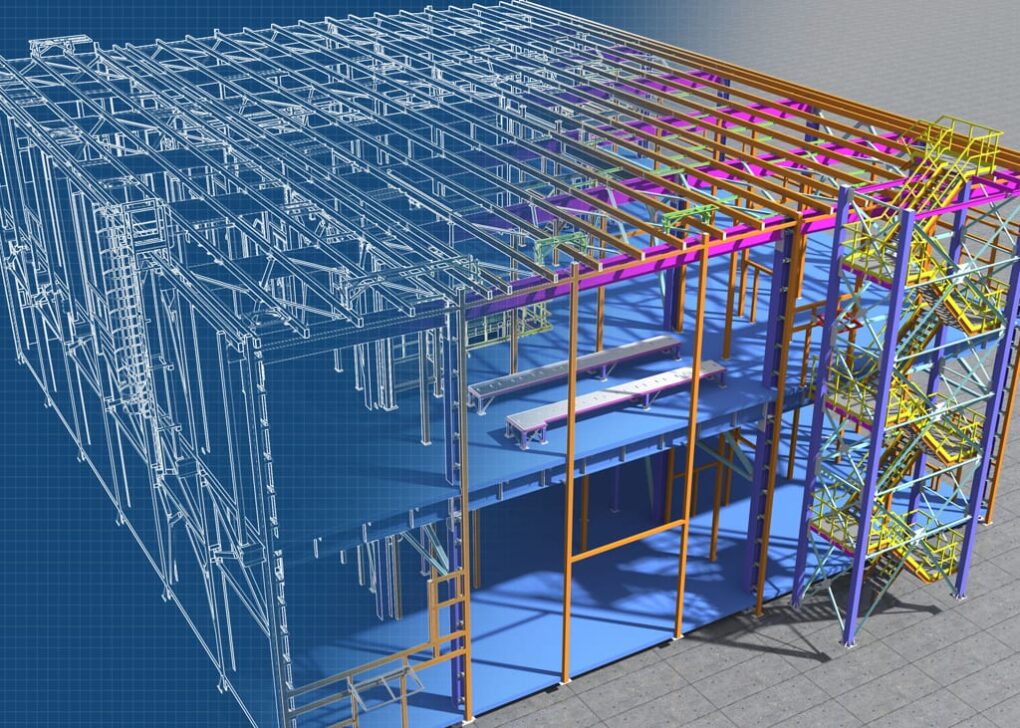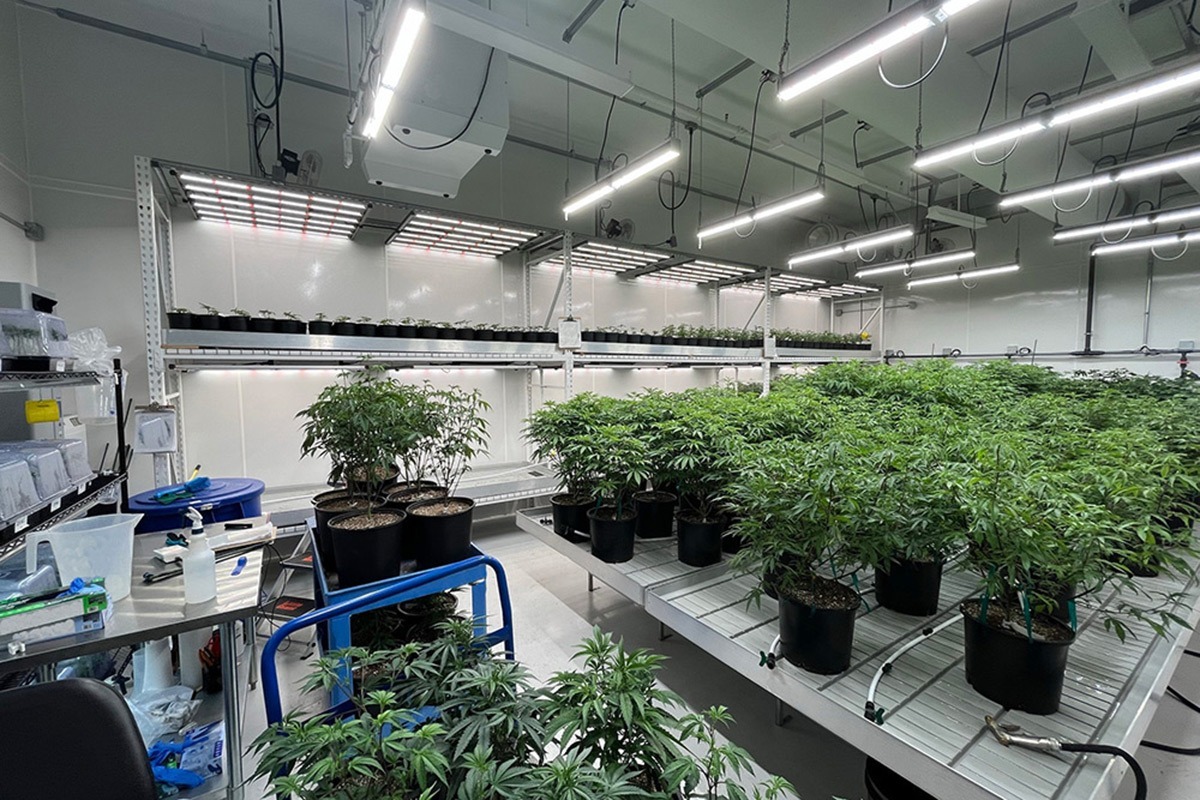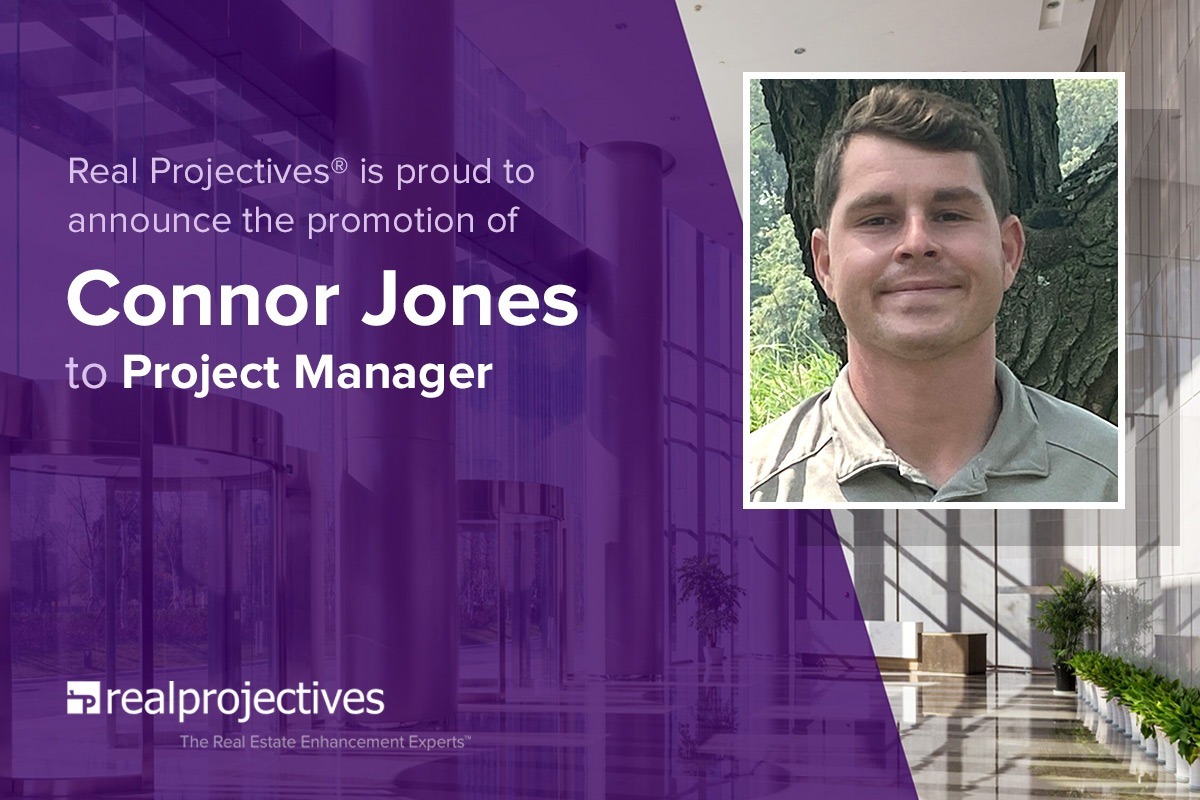Part 1: What is a digital real estate twin and how can it help building owners?

Multiplying Benefits with a Digital Twin
Real buildings exist in three dimensions (3D) that you can see and touch. What if you added time and cost to create a five-dimensional (5D) model or virtual replica of a building and then connected it to smart devices and interactive tools? Let’s delve into the world of “digital twins” and what they can mean to real estate owners and investors.
Defining Digital Twin
The current term “digital twin” spawned from a history of similar words. Soon after personal computers were available, architects and engineers began planning new buildings and renovations using 2D graphical modeling tools called computer aided design (CAD). About 15 years ago, CAD advanced to 5D to create building information models (BIMs). More recently, those models and tools combined with pervasive Internet connectivity and smarter devices to better enable the digital twin.
A digital twin is an evolving concept: an electronic reproduction and data model that both represents and enhances its own reality. It is more than a visual representation of a facility that shows the physical structure. It is a database packed with countless layers of planned and actual information collected over the life of a building from concept through demolition.
Today, computer-based tools (CAD or BIM) and online platforms (project information systems) are commonly used on many projects. When architects and engineers use BIM tools like Revit® they create the basis of a digital twin. And contractors and trades may plan out construction, prepare submittals and communicate using electronic methods. Capturing the myriad data and knowledge produced during the relatively brief design and construction period, and then seamlessly transferring that information to the people who will maintain and use the property is essential, since they will be involved for decades.
The Twin’s Role Over Time
While a building is in use, sensors within a growing army of smart devices (and those applied to less-intelligent products) capture and respond to continuously updated measurements of occupancy, temperature, humidity, light, vibration, sound and other environmental factors. Images from on-site cameras and scanners feed into the database. Information can also come from outside sources, such as warranty details from the manufacturers of building equipment or systems, or data concerning energy used by similar structures. Over time, the digital twin continuously logs maintenance records, and through artificial intelligence, can begin to forecast the longevity of its own materials and care required.
What’s Next?
Everything about this concept is evolving. While we believe even the name “digital twin” is not very accurate and likely to change again, both in the media and within technical circles, the concept holds significant current and future merits.
It’s our belief that the true power of a digital twin stems from how it can be put to work and mitigate risks. Knowledge of history and forecasting of outcomes are key factors in both the upfront cost and potential downsides to every real estate deal. We’ll cover more of the digital twin’s role and value in our next blog post.
Do you have questions about the role of a digital twin in a real estate development or improvement project? We’d be happy to discuss the topic. For more information on the services we offer clients, browse some of our other articles — or give us a call at 888.357.7342.


